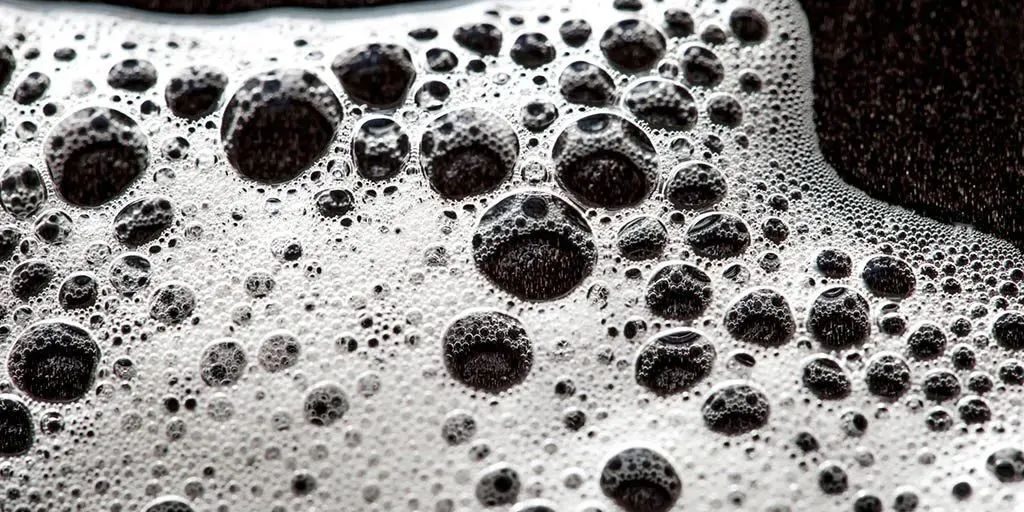Paint defoaming agent
Defoaming agents, also known as anti-foaming agents, will produce many harmful foams during the industrial production process and require the addition of defoaming agents. They are widely used in clearing coating production, textile sizing, food fermentation, biomedicine, coatings, petrochemicals, etc. Harmful foam produced during the production process of papermaking, industrial cleaning and other industries.
There are many types of defoaming agents, such as organosiloxane, polyether, silicon and ether graft, amine, imine and amide containing ones, which have faster defoaming speed, longer foam suppression time and wider range of applicable media. Even harsh media environments such as high temperature, strong acid and strong alkali.
What are the dangers of bubbles?
Hazards during production: Paint often foams violently during the mixing and mixing process. Foaming causes volume expansion and reduces the utilization of blending equipment. Moreover, foaming limits the stirring speed, prolongs the blending time, and prevents the pigments and fillers from being fully moistened.
Hazards in packaging: After blending, it can be poured into the packaging barrel. The continuous injection production line injects by volume rather than by weight. The foaming will prevent the barrel from being full, and because the bubble is gradually bursting, the amount of liquid injected into the barrel will be Uneven weight, interfering with continuous packaging.
Hazards during construction: During the coating process, foam will cause surface defects, such as pits on the coating film. That is, the bubbles will not burst until the coating dries and forms a film, causing small holes or fish in the coating film. Eye.







